Production process of outdoor gas production
Date: 2025-04-10 Categories: News Hits: 246
The production process of outdoor gas appliances shares similarities with that of general gas appliances. However, due to the particularity of the outdoor usage environment, there are also some special precautions during production. Here are the relevant contents about the production of outdoor gas. appliances:
Raw material procurement
· Quality Control: Ensure that the purchased raw materials meet the quality standards for outdoor use, such as having good corrosion resistance, impact resistance, and high-temperature resistance. For key components, such as gas valves, burners, etc., select products with reliable quality and proven in the market.
· Supplier Selection: Establish a stable supplier system and give priority to suppliers with good reputation and production capacity. Regularly evaluate and audit suppliers to ensure the stability of raw material supply and the consistency of quality.
Processing and Manufacturing of Components
Precision Requirements: Strictly control the processing precision of components, especially in key areas involving gas sealing, the combustion system, etc., to ensure the performance and safety of the products. For example, use high-precision processing equipment and techniques to ensure the sealing performance of the interfaces of gas pipelines and prevent gas leakage.
Assembly
· Process Flow: Formulate a detailed assembly process flow to ensure that all components are assembled in the correct sequence and method. During the assembly process, strictly implement the quality inspection system, check each assembly link, and promptly detect and correct assembly errors.

Quality Test
· Performance Testing: Conduct comprehensive performance tests on outdoor gas appliances, including ignition and wind resistance, etc. Rigorous testing is carried out to ensure that the performance meets the standards and complies with industry norms.
· Safety inspection: The focus is on conducting gas leakage detection and stability assessment. Professional equipment is utilized to ensure that the product has no potential safety hazards.
Matters Needing Attention in Production and Design
· Safety Performance
· Multiple Safety Protections: In addition to the conventional safety protection devices for gas products, outdoor gas products should also add special safety designs according to the characteristics of outdoor use. For example, install windshields to prevent the flame from being blown out by the wind, which could lead to gas leakage.
· Safety Signs and Instructions: Mark clear safety warning signs and usage instructions in prominent positions on the products to inform users of the correct usage methods, precautions, and emergency handling measures. The safety signs should be made of materials with good wear resistance and weather resistance to ensure that they are still clearly identifiable after long-term outdoor use.
Environmental Adaptability
· Weather Resistance Design: Considering the diversity and complexity of the outdoor environment, products should have good weather resistance. Select materials that are resistant to ultraviolet rays and can withstand high and low temperatures to prevent problems such as aging, deformation, and brittle cracking of the products during long-term outdoor use. For example, add anti-ultraviolet additives to the product shell material to improve the aging resistance of the material.
· Windproof and Wind-resistant Design: Outdoor gas products usually need to be used in a windy environment, so windproof performance is crucial. Design a reasonable windproof structure, such as using a windproof cover and optimizing the air intake method of the burner, etc., to improve the combustion stability and safety of the product under different wind speeds. For some large outdoor gas equipment, their wind-resistant ability should also be considered, and corresponding structural reinforcement and stability design should be carried out.
Portability and Ease of Use
· Lightweight Design: To facilitate users' carrying and moving outdoors, outdoor gas products should preferably adopt lightweight materials and designs. On the premise of ensuring product performance and safety, optimize the product structure and reduce unnecessary weight. For example, select high-strength aluminum alloy materials to replace traditional steel materials, thereby reducing the weight of the products.
· Simple Operation: Design a simple and understandable operation interface and convenient operation mode, enabling users to quickly and easily operate gas products outdoors. For example, use a one-touch ignition device, simple firepower adjustment knobs, etc., to avoid complex operation steps and lower the usage threshold for users.
Durability
· Structural Strength: Outdoor gas products may be subjected to various external forces such as impacts and vibrations during use. Therefore, the structural strength of the products should be high enough. Strengthen the design of key parts and connection points of the products, and adopt a sturdy structure and reliable connection methods to ensure that the products will not loosen or break during long-term use and transportation.
· Design of Vulnerable Parts: Considering the harsher outdoor usage conditions, the vulnerable parts of the products should be designed to be easily replaceable and repairable. Select vulnerable parts with reliable quality and strong versatility, and reserve sufficient maintenance space and convenient disassembly methods during the product design process, so that users can promptly replace the damaged parts outdoors and ensure the normal operation of the products.

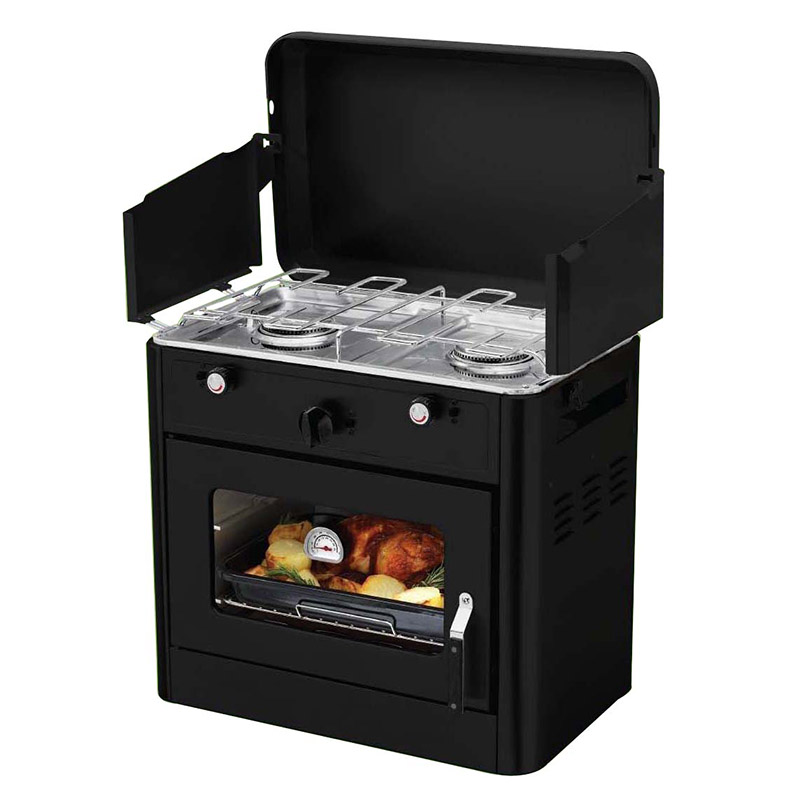 Gas Oven With Stove
Gas Oven With Stove 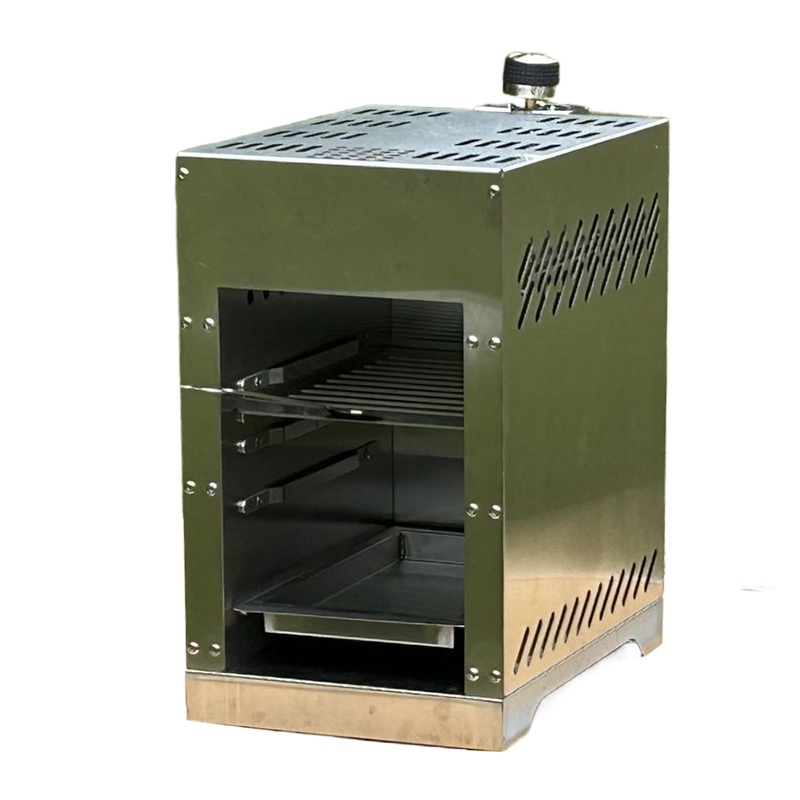 Beef Grill
Beef Grill 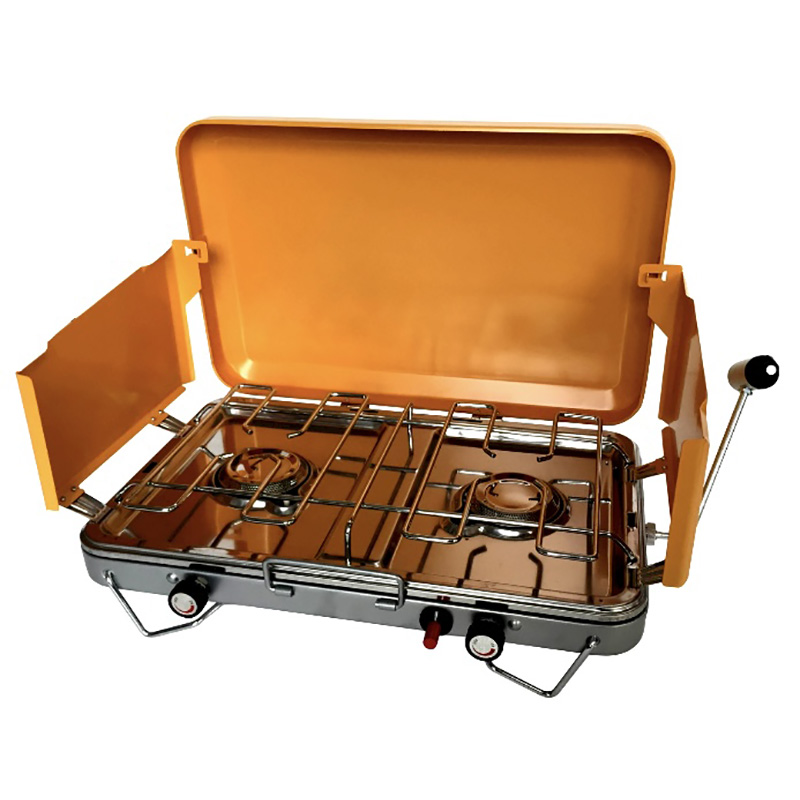 Luxurious double burner stove
Luxurious double burner stove 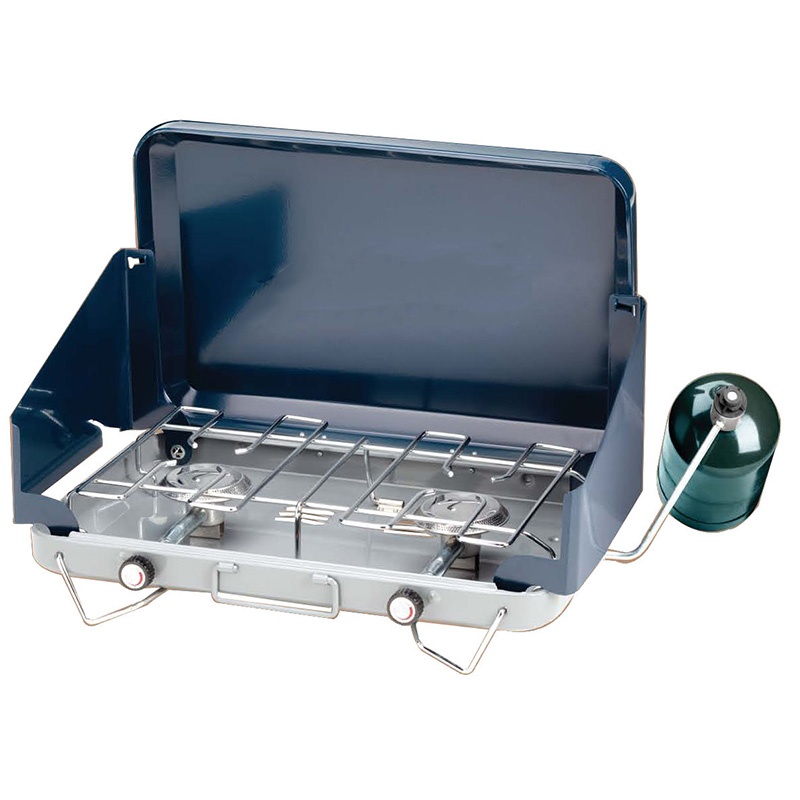 Two Burner Stove
Two Burner Stove 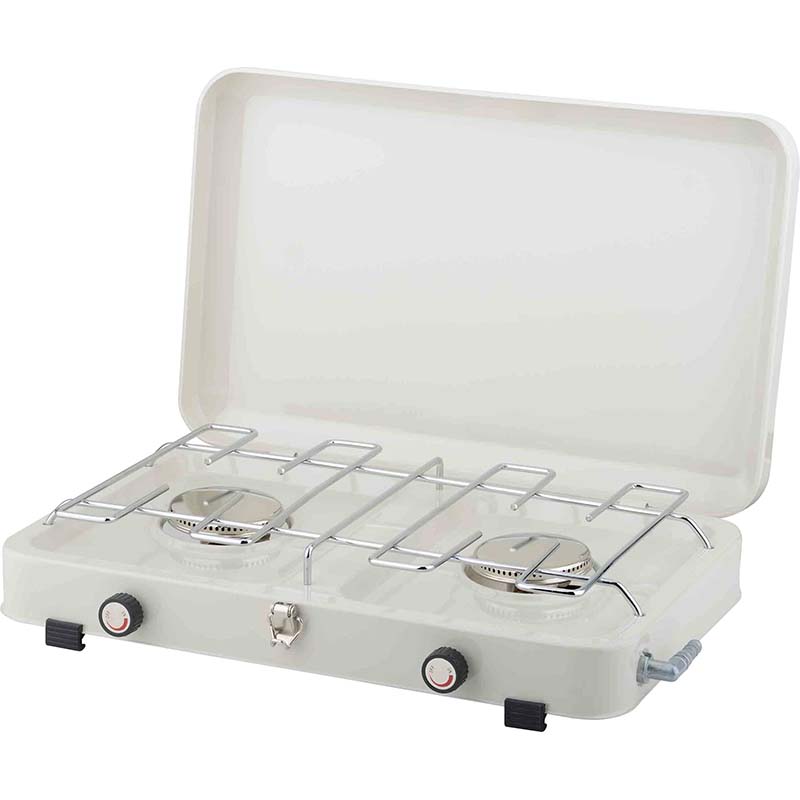 Two-Burner Stove With a Backre...
Two-Burner Stove With a Backre... 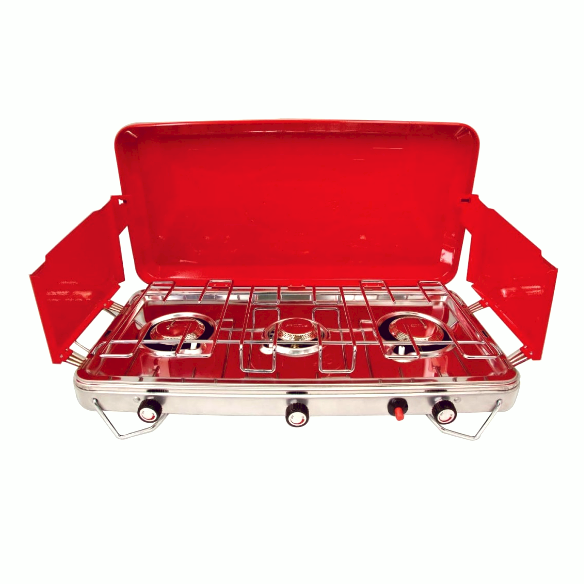 Three Burner Stove
Three Burner Stove 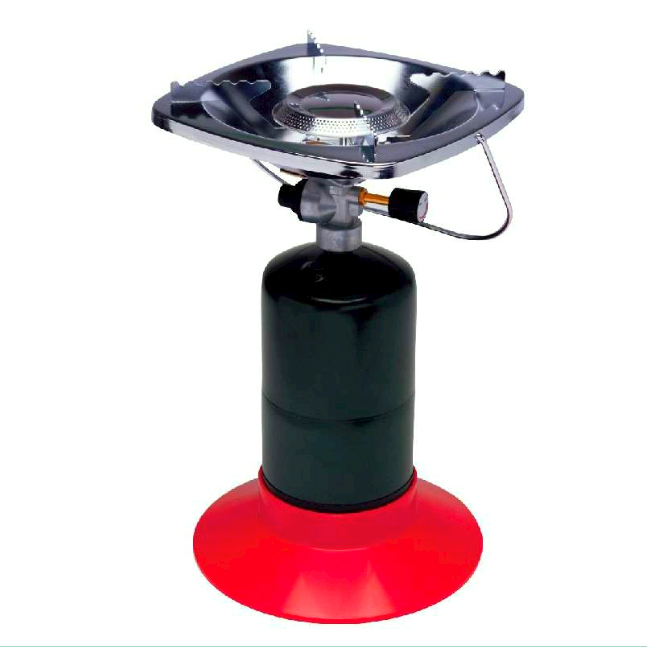 Single-burner Propane Basket ...
Single-burner Propane Basket ...  Gas Grill And Cooking Stove
Gas Grill And Cooking Stove 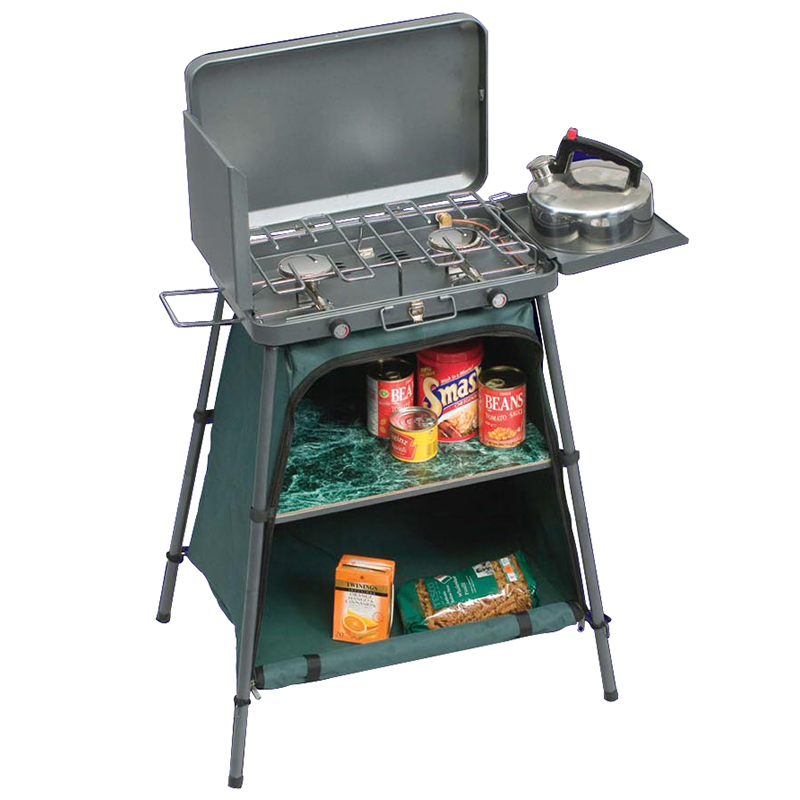 Two Burner Stove With Cabinet
Two Burner Stove With Cabinet 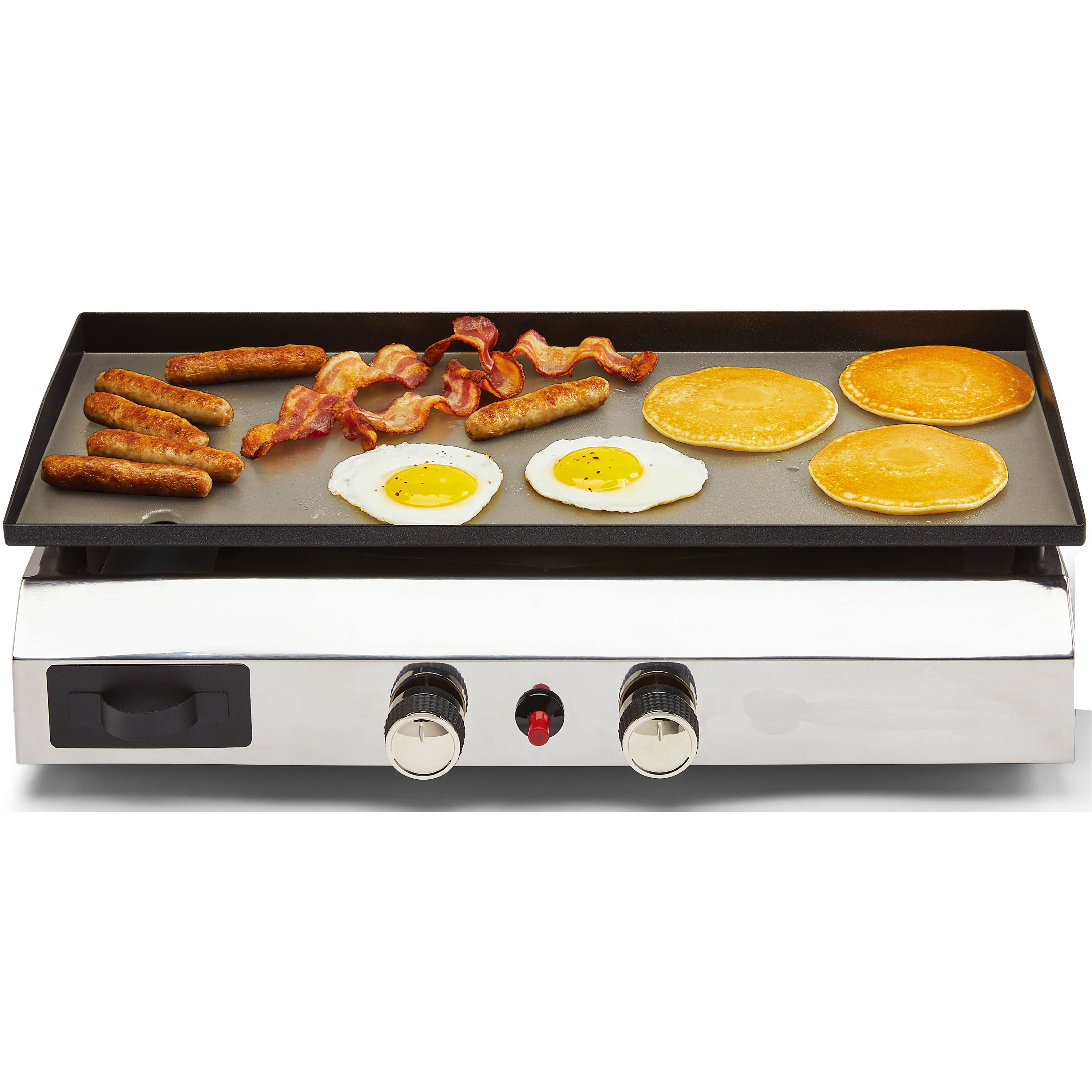 Tabletop Propane Griddle
Tabletop Propane Griddle 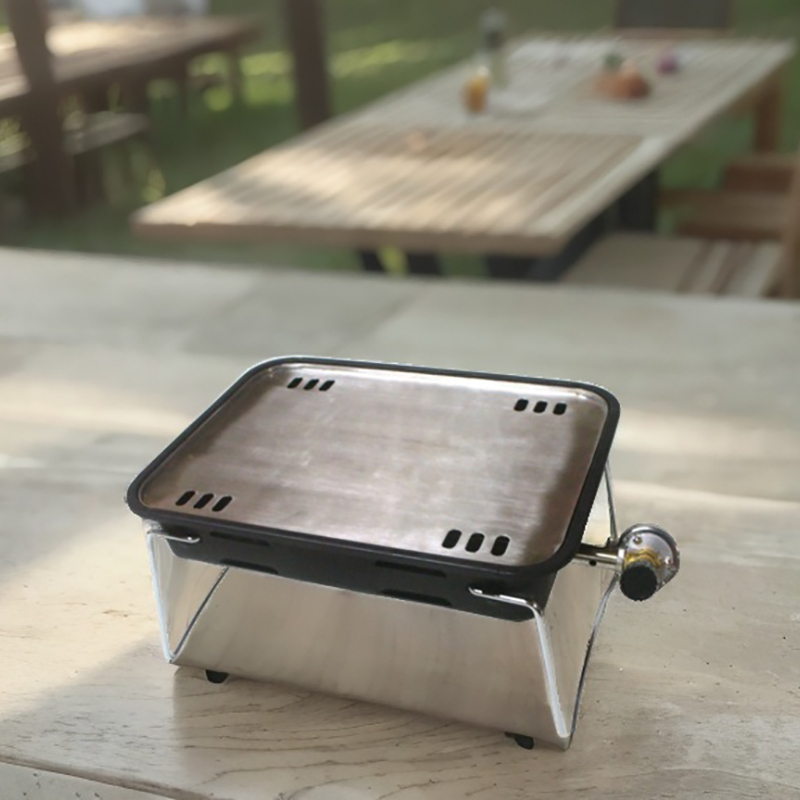 Gas Mini- BBQ
Gas Mini- BBQ 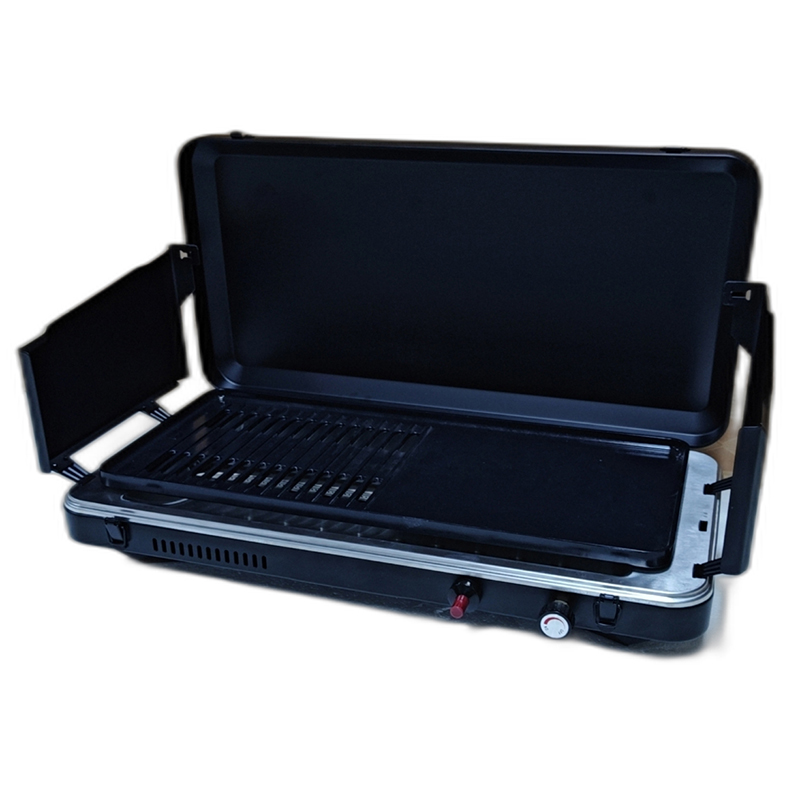 Half Grill-Half Griddle
Half Grill-Half Griddle 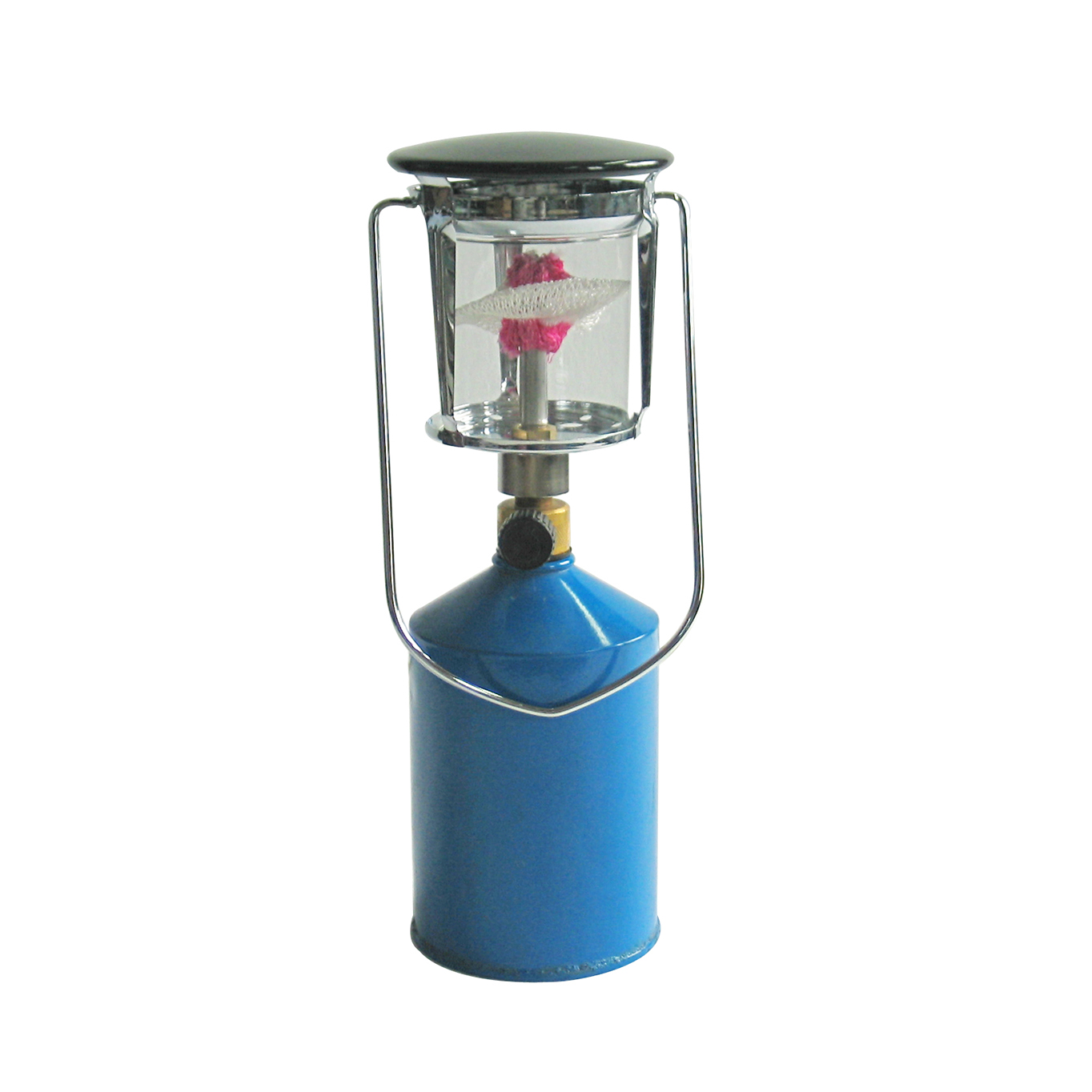 Single Mantle Lantern
Single Mantle Lantern 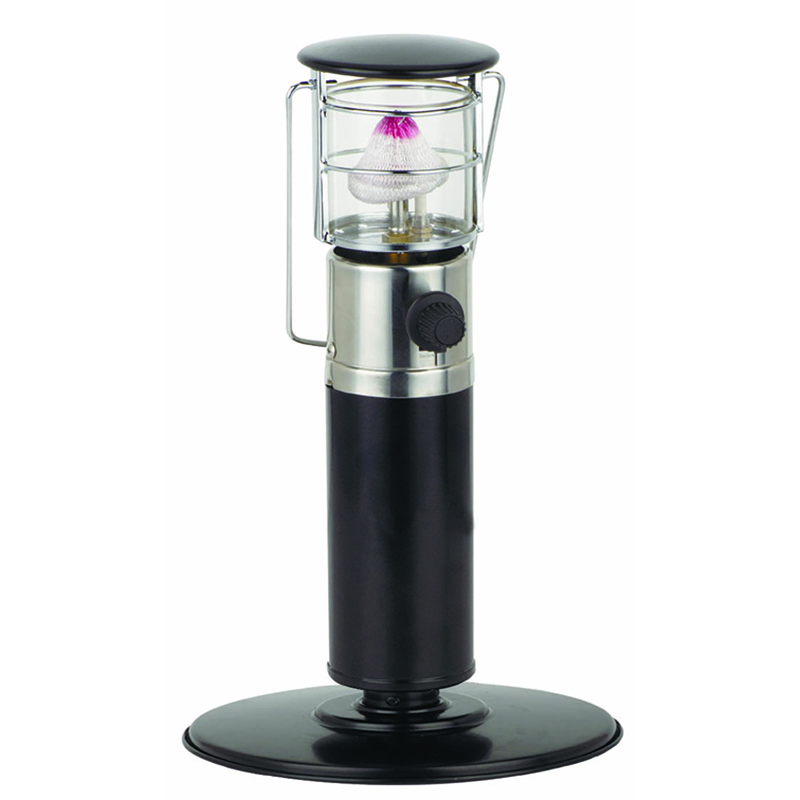 Portable Lantern
Portable Lantern 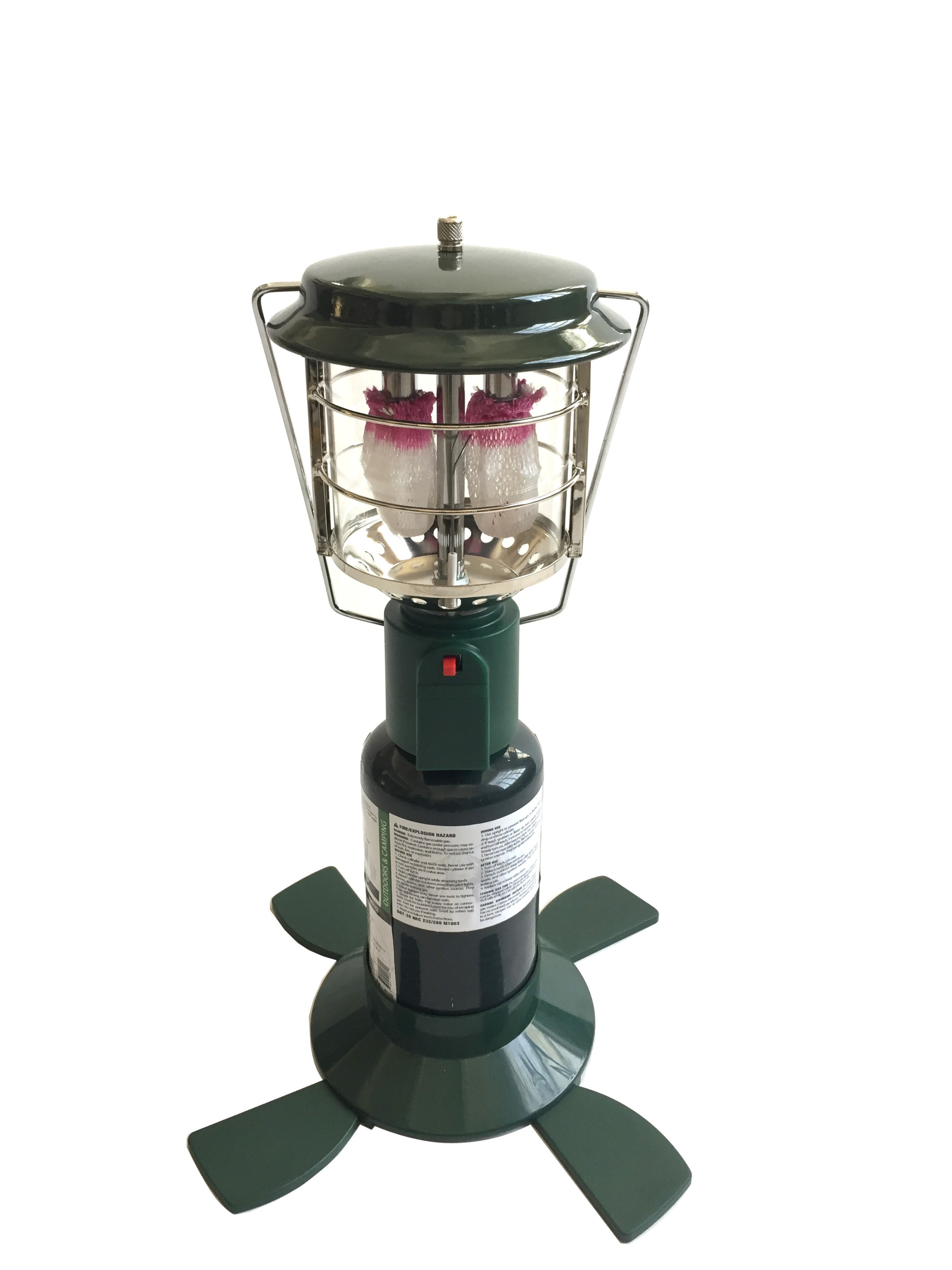 Double Mantle Lantern
Double Mantle Lantern 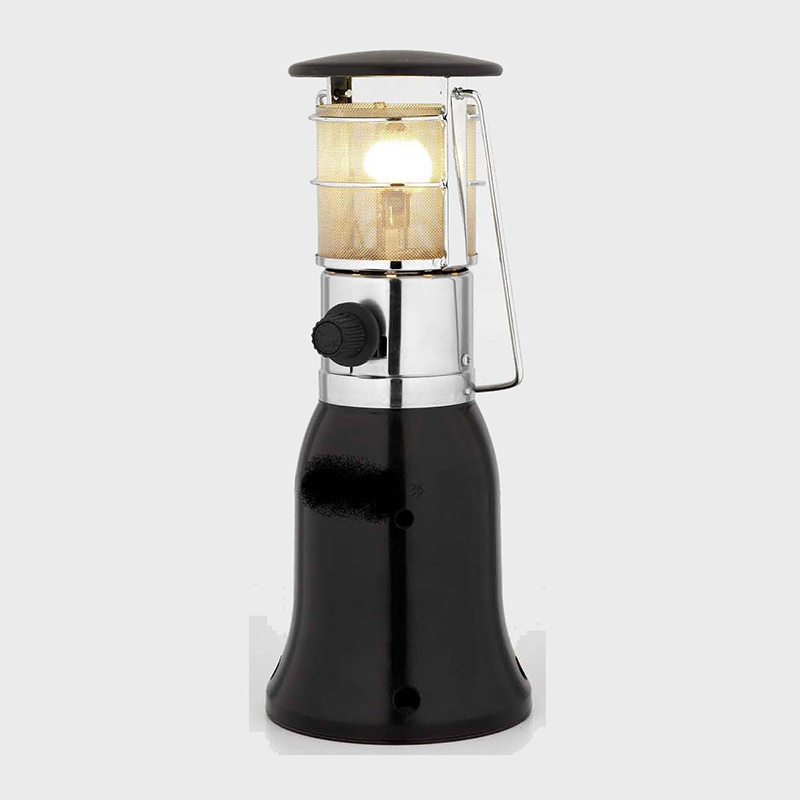 Butane Lantern With Piezo Ign...
Butane Lantern With Piezo Ign... 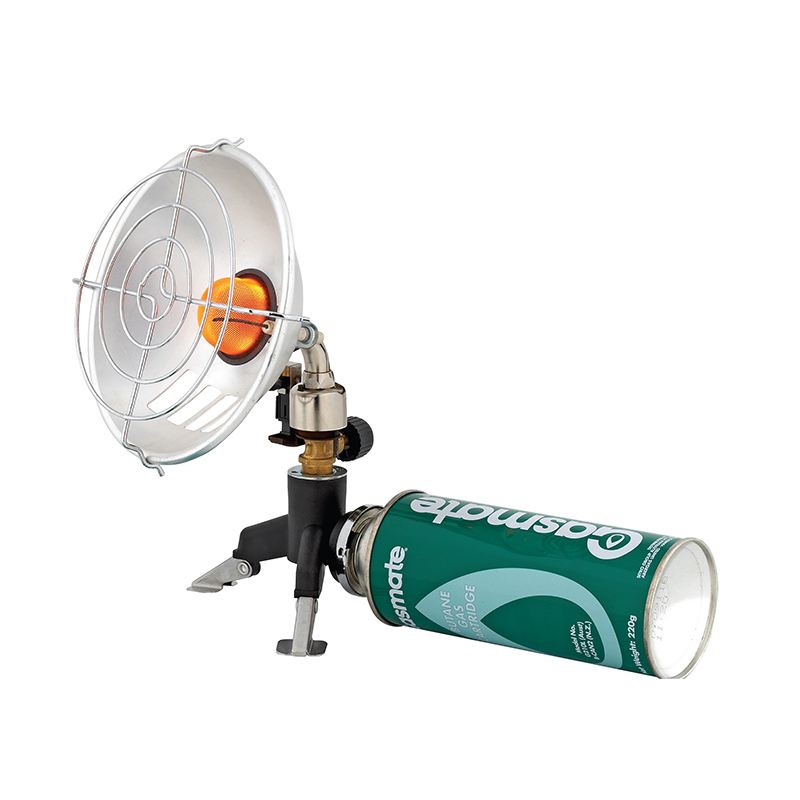 Glow Single Burner Parabolic H...
Glow Single Burner Parabolic H... 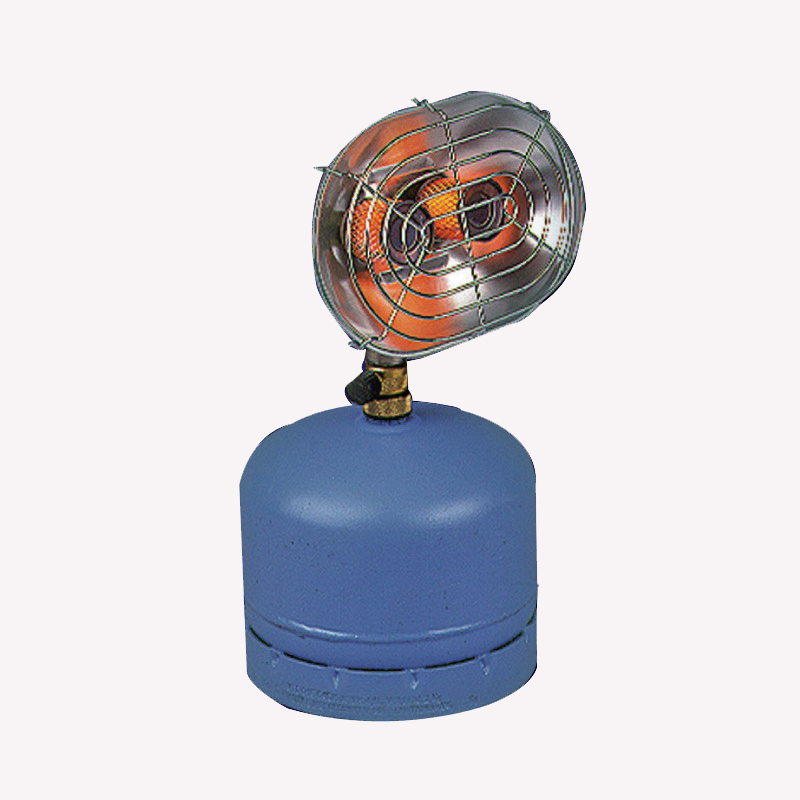 Camp Heater In Two Burner
Camp Heater In Two Burner 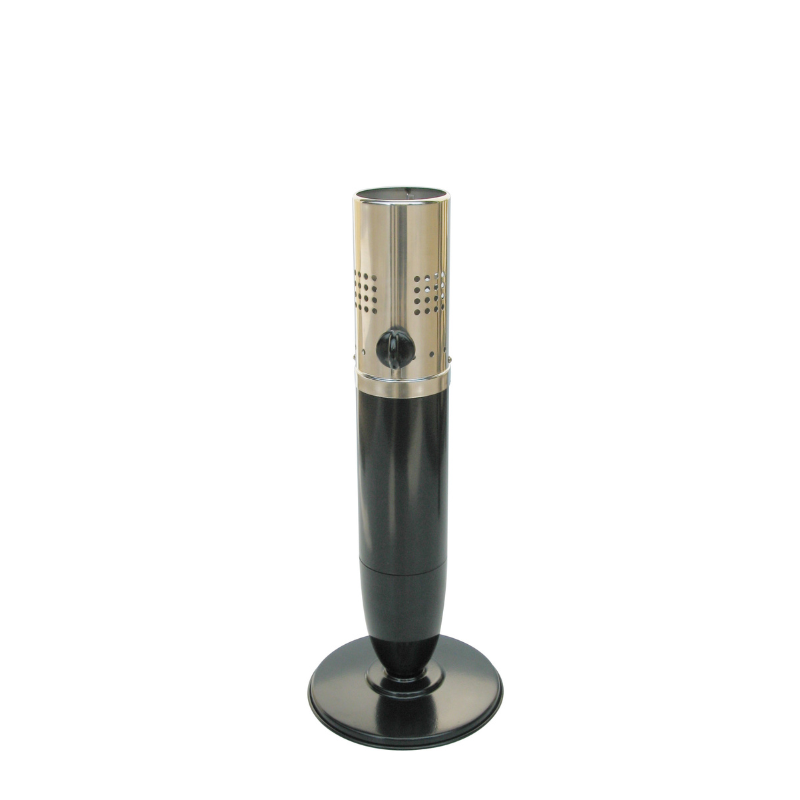 2 In 1 Torch Tabletop Gas Flam...
2 In 1 Torch Tabletop Gas Flam... 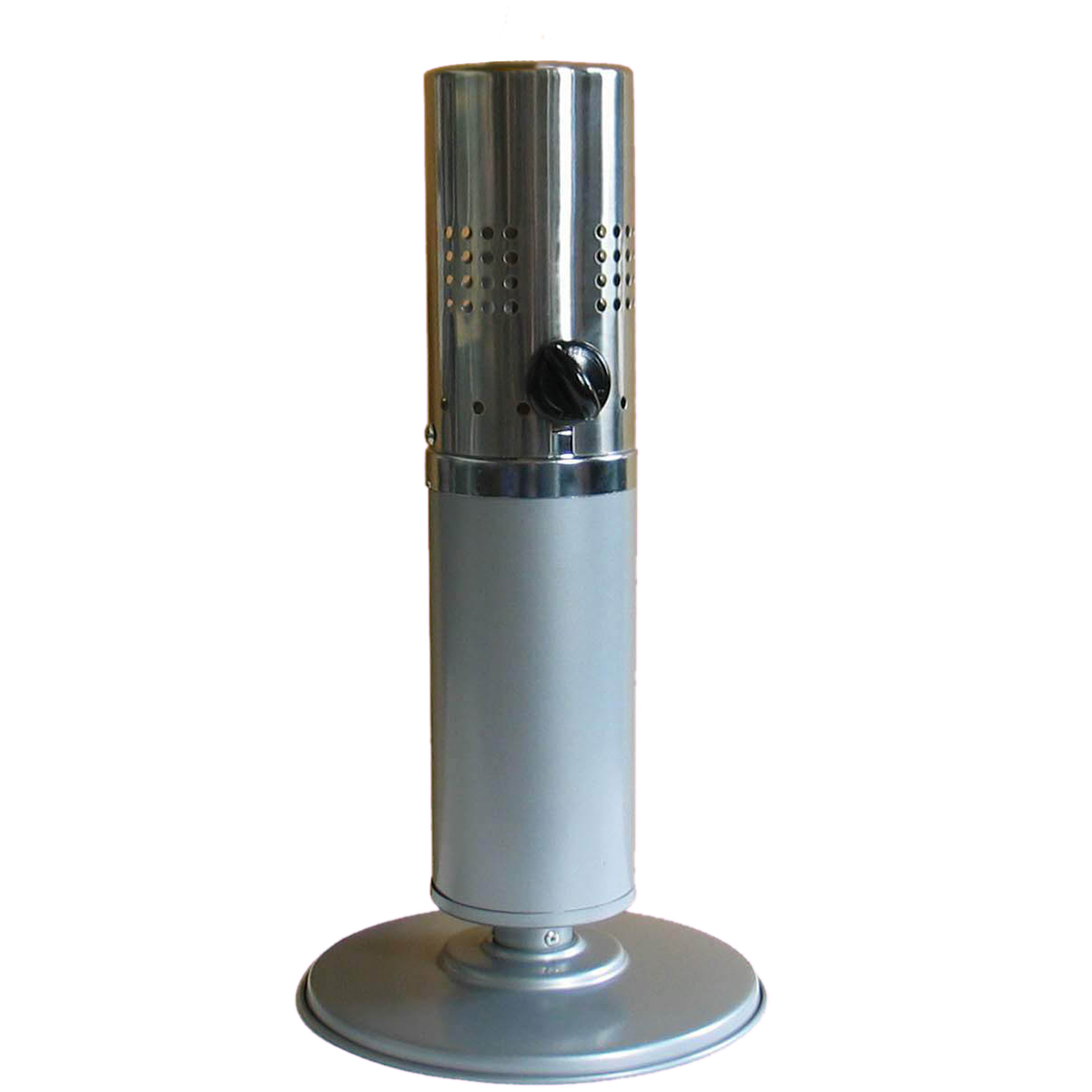 Tabletop gas flame--Black Gard...
Tabletop gas flame--Black Gard... 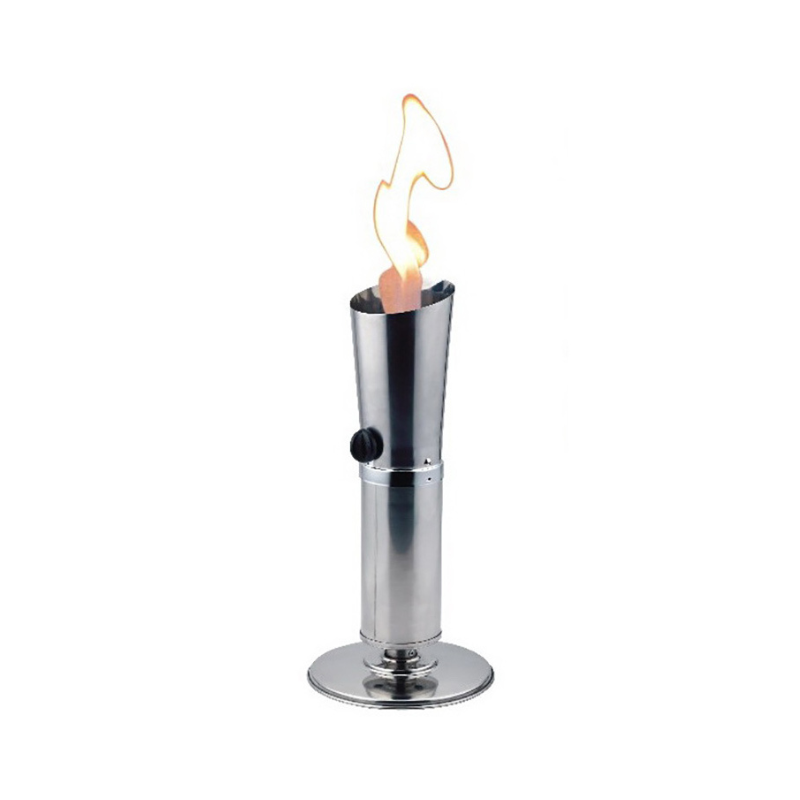 Tabletop gas flame
Tabletop gas flame 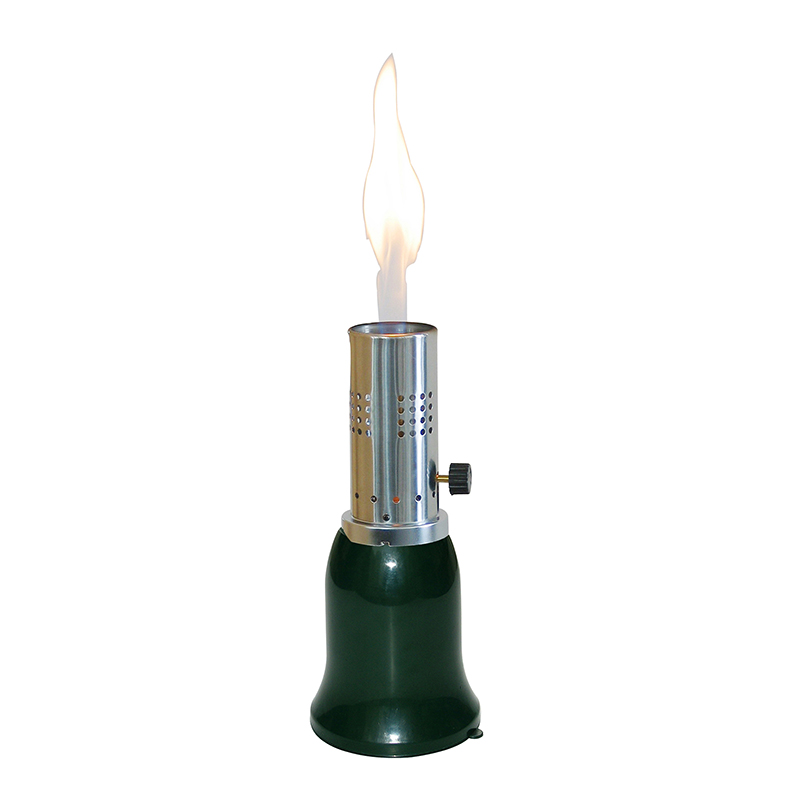 Table gas flare
Table gas flare 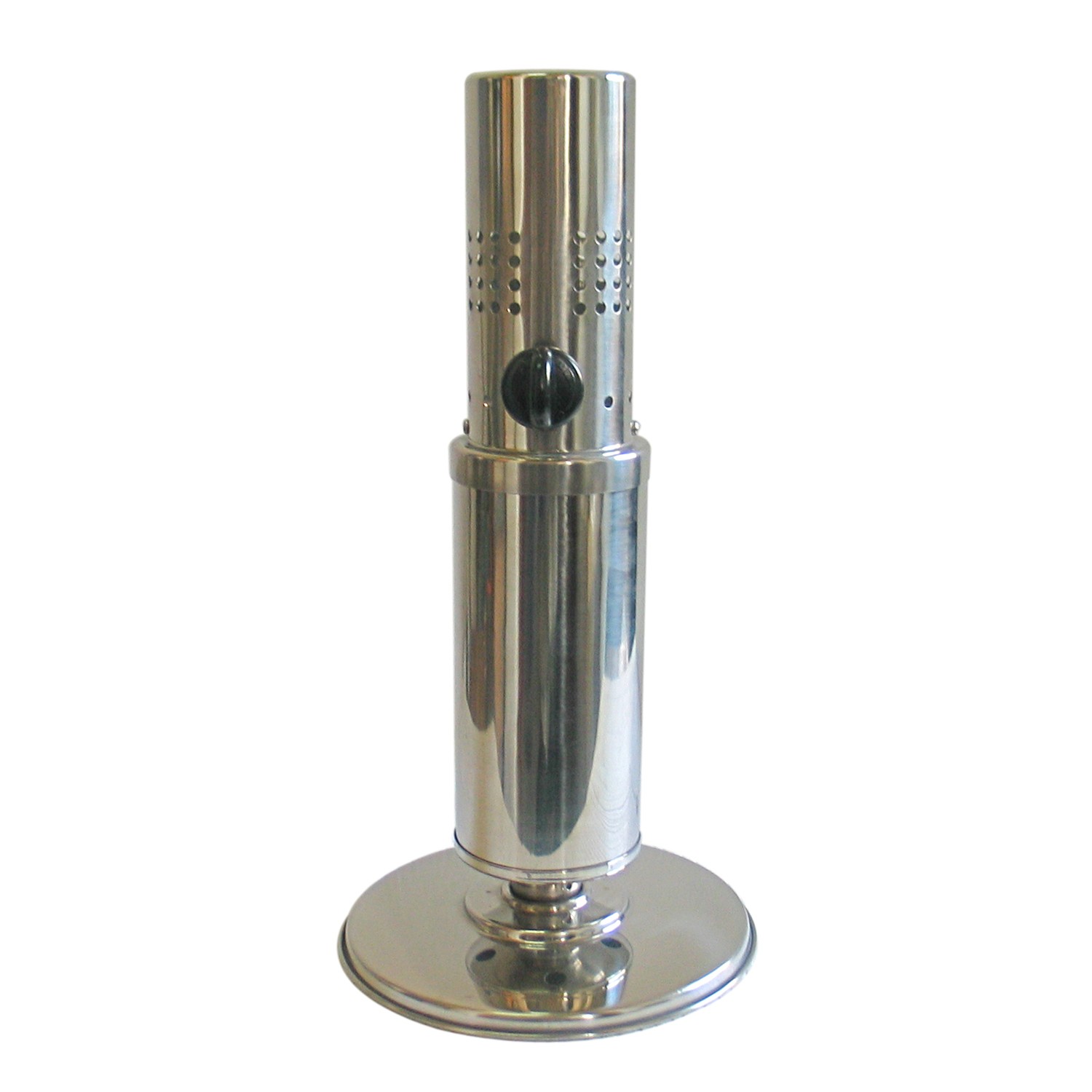 Stainless steel Garden torch
Stainless steel Garden torch 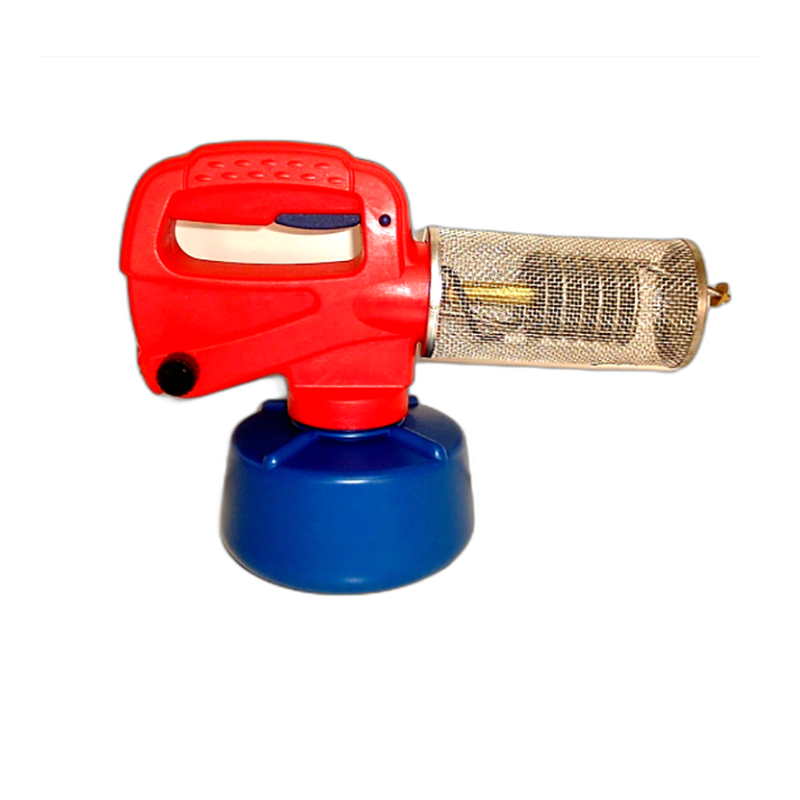 Propane Fogger
Propane Fogger  Portable Fire Pit
Portable Fire Pit 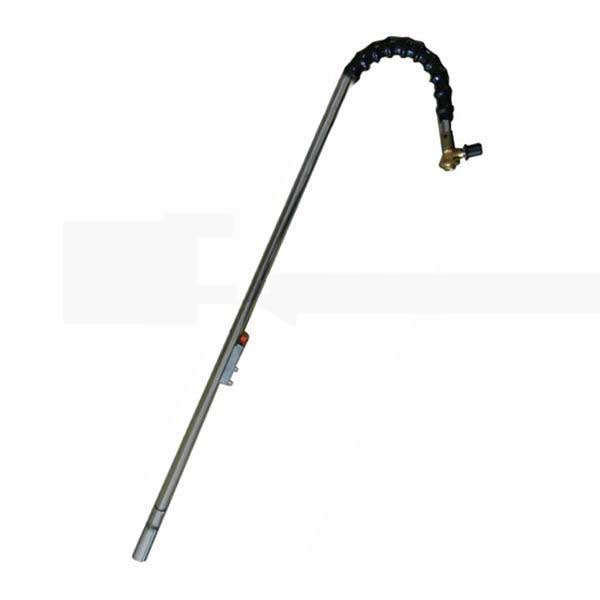 Gas Torch
Gas Torch